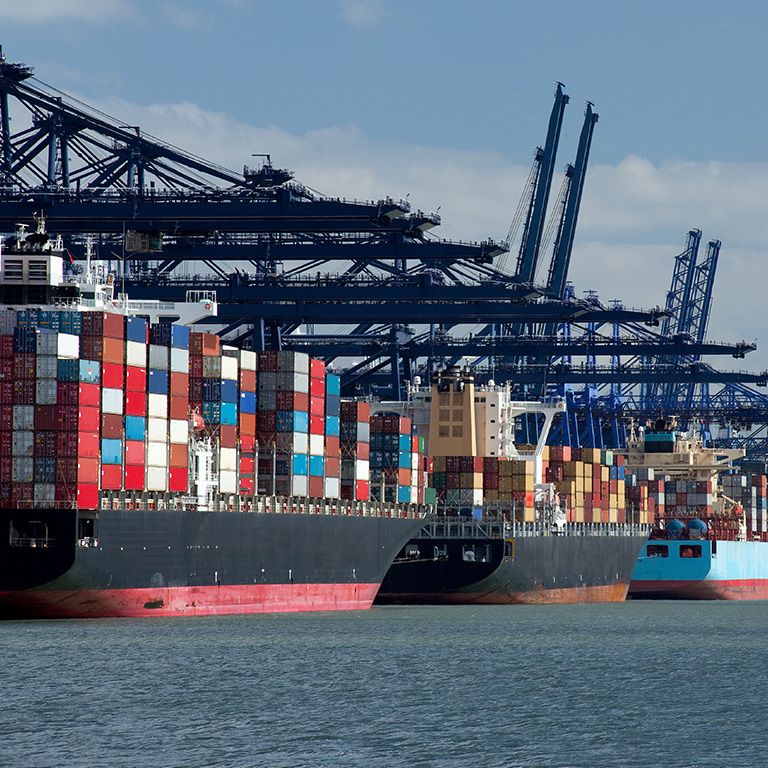
By Felix Titherley ,
Advisory Quality and Recall Consultant, Marsh Advisory
21/06/2023 · 3 minute read
Paradoxically, disruption - such as the COVID-19 pandemic - often produces high levels of growth and opportunity for M&A, as organisations consume their lesser prepared counterparts. During the aftermath of such events, successful companies must rapidly reinforce and expand their own resilience - generating robust measures in preparation for the next disruptive incident.
These companies subsequently face a series of daunting challenges. A multitude of legacy and newer employees, along with operating procedures, must be understood, reconciled, and aligned to a centralised resilience framework. Integrating different cultures and technologies alongside this process can add complexity. Additionally, managing concerns over: headcount, current developments in the banking sector, the lack of cheap credit, and interest rate rises can create friction and impede change; consequently impacting your bottom line.
Organisations with extra cash to spend enjoyed a boom in 2021, with March alone witnessing UK M&A activity reach a high of 290 deals. This all appears positive for the winners of the past two years. However, the current period of instability and looming potential economic downturn results in these organisations having the most to lose.
Cyber, supply chain, and people risks have historically - and most recently - been at the top of C-suite agendas. However, the impacts on the resilience of an organisation are equally significant. Organisations in this space tend to fall into one of the following categories:
Boards, C-Suites, and Risk Managers identifying with the above categories, may sense ambitious growth goals have been achieved at the expense of resilience - potentially jeopardising future success. These organisations may be exposed to significant impacts from economic and geopolitical conditions that continue to show signs of instability.
Leaders and Risk Managers must consider this situation in relation to their financial, strategic, and reputational priorities - assessing how a disruptive incident could pose challenges to each of these. This environment demands the creation of response plans and recovery strategies for the most critical services and processes. Furthermore, firms who have grown through acquisition, should consider a Gap Analysis to identify and address: gaps, duplications, and capability variances across their resilience framework.
As such, existing resilience measures can be leveraged, developed, and enhanced to safeguard against the impacts of the potential instability and disruption to come.

Article
15/04/2025